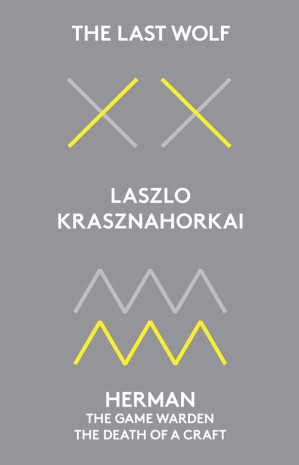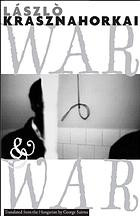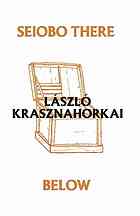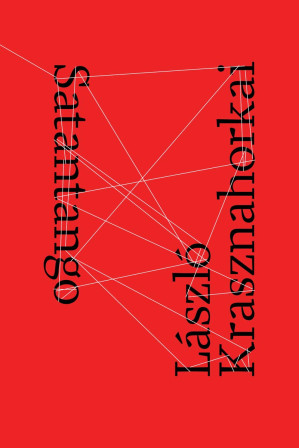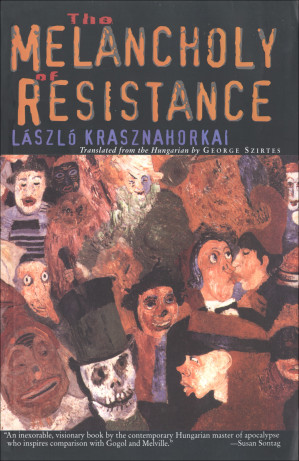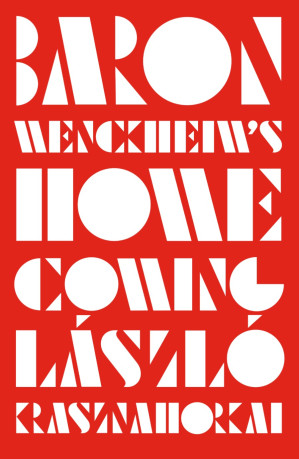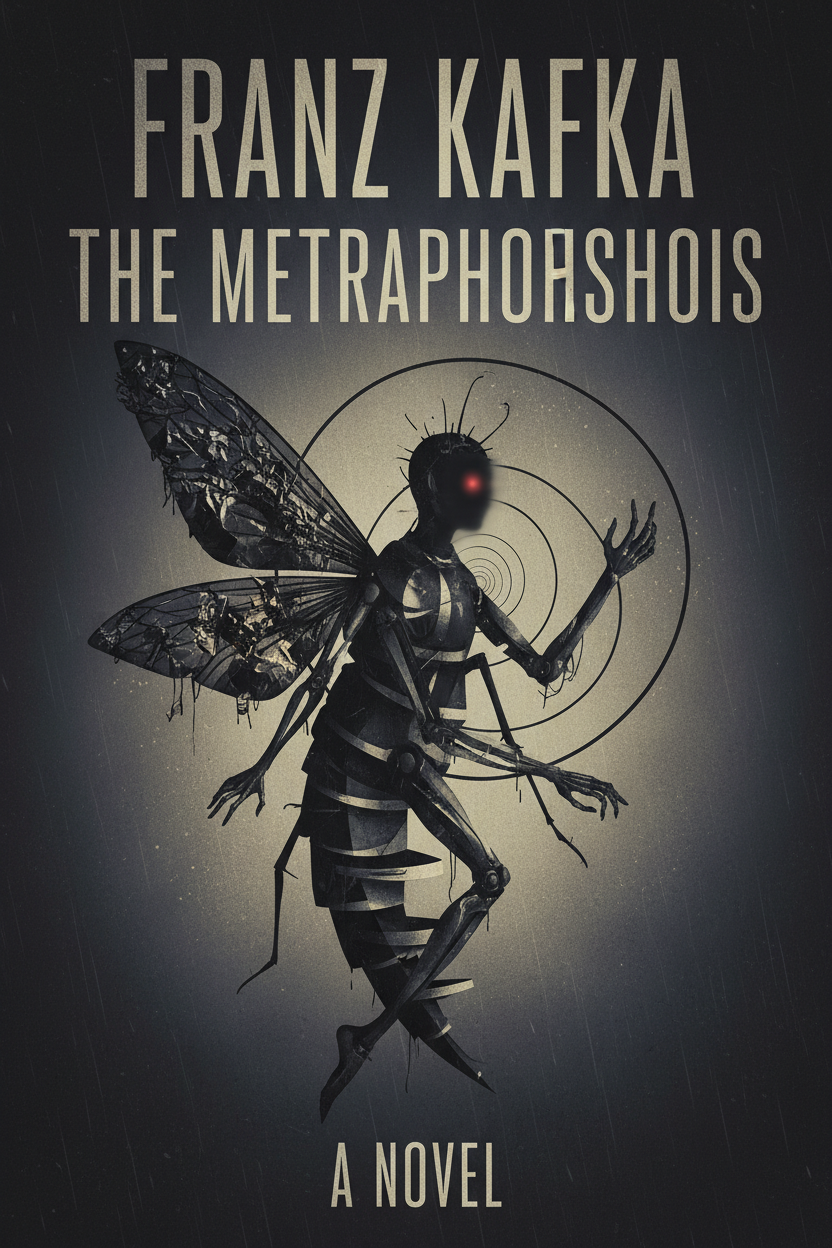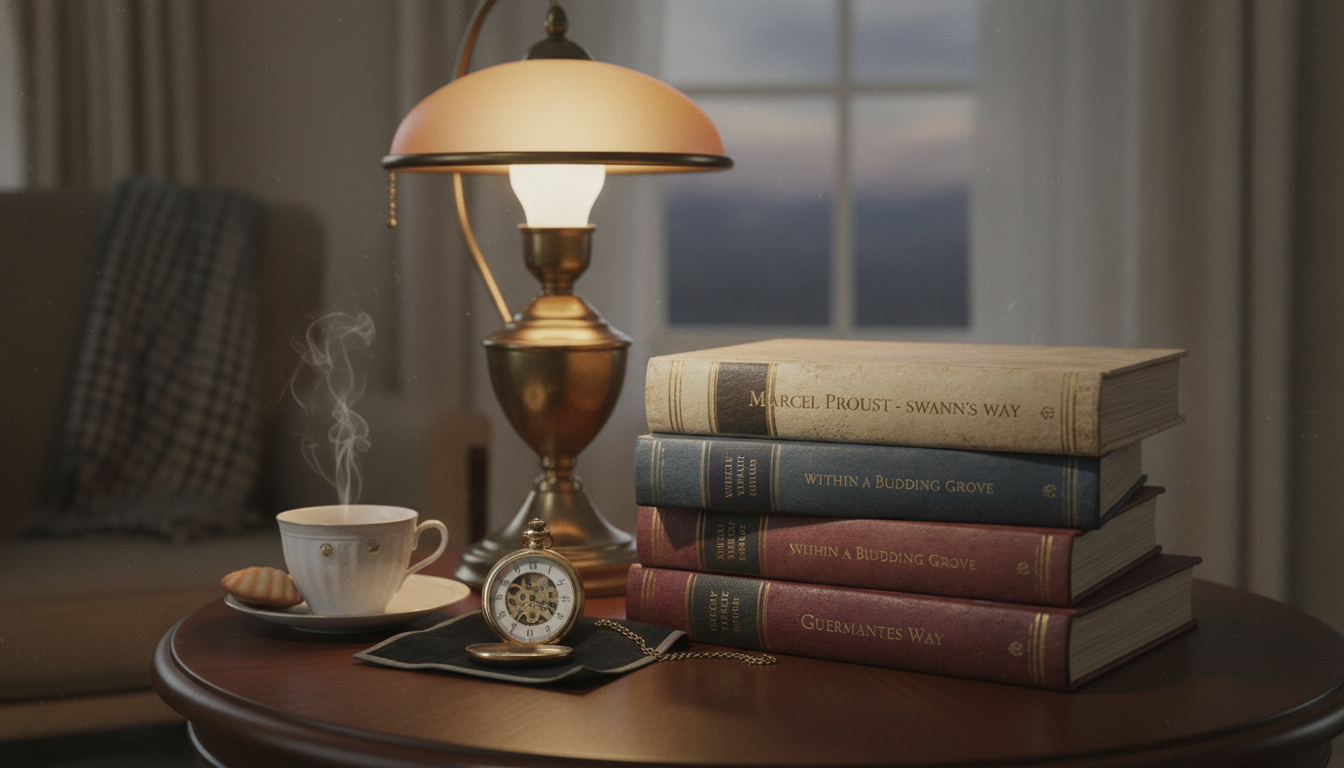🎯 Want to read Krasznahorkai's books for FREE with AI-powered assistance?
Read Krasznahorkai for FREE at www.readever.app - Access his complete works with advanced AI reading comprehension tools that help you understand his complex prose, themes, and philosophical depth. Perfect for tackling challenging literature!
László Krasznahorkai has just been awarded the 2025 Nobel Prize in Literature "for his compelling and visionary oeuvre that, in the midst of apocalyptic terror, reaffirms the power of art." For readers curious about this challenging but profoundly rewarding author, knowing where to start with Krasznahorkai can feel daunting.
His reputation as one of the most demanding writers in contemporary world literature precedes him, but the timing of his Nobel Prize win has created unprecedented interest in his work. Whether you're a longtime literature enthusiast or new to Central European fiction, this guide will help you navigate the challenging but beautiful world of Krasznahorkai's novels.
Who Is László Krasznahorkai? The Hungarian Visionary

Born in 1954 in Gyula, Hungary, Krasznahorkai grew up under a communist state, witnessing societal collapse and human suffering firsthand. These experiences profoundly shaped his thematic preoccupations with apocalyptic settings, existential dread, and the human condition.
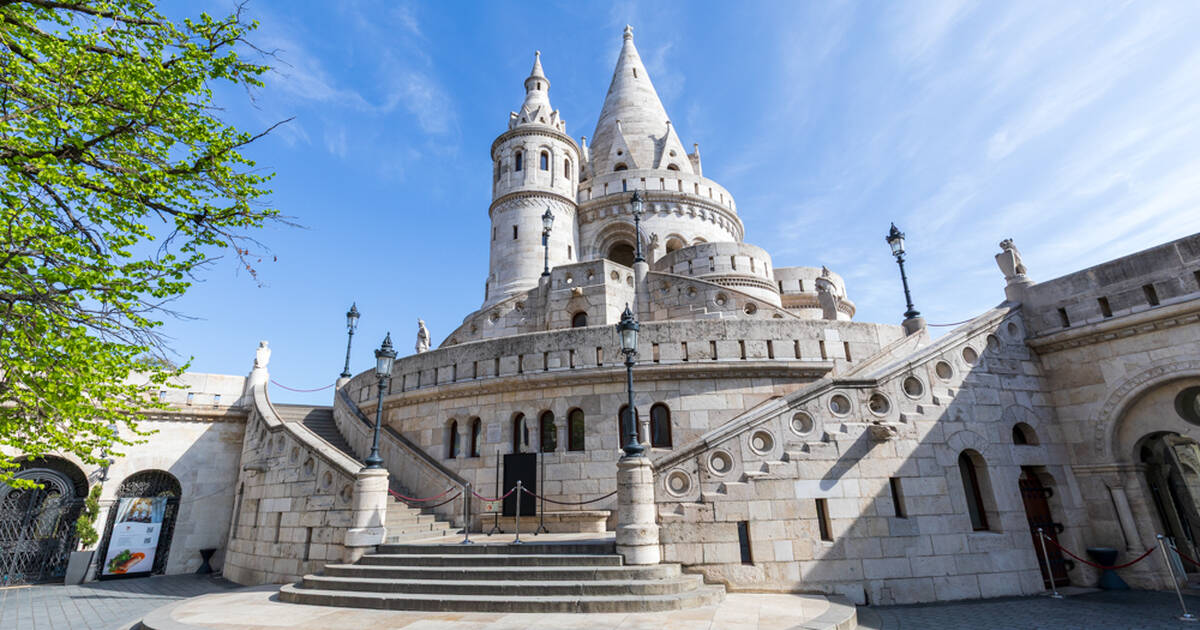
Before winning the Nobel Prize, Krasznahorkai had already achieved remarkable international recognition:
-
2015 Man Booker International Prize for his complete body of work
-
2019 National Book Award for Translated Literature for Baron Wenckheim's Homecoming
-
Long-standing reputation as Hungary's "master of the apocalypse"
His work sits firmly within the Central European literary tradition alongside Franz Kafka and Thomas Bernhard, exploring themes of absurdism, bureaucratic paralysis, and grotesque excess.
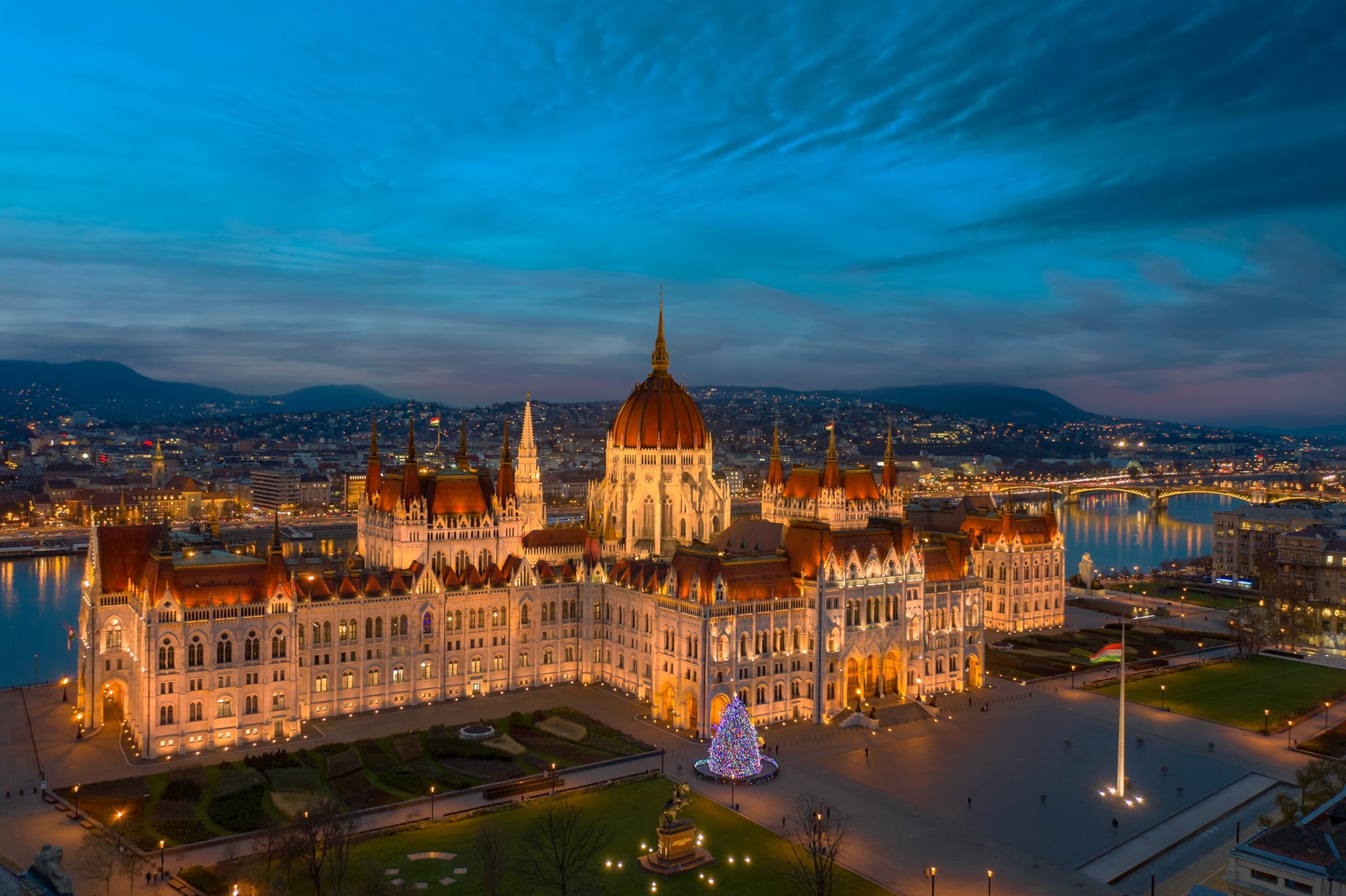
Understanding Krasznahorkai's Unique Style
The Architecture of the Sentence
Krasznahorkai's most distinctive feature is his "uncompromising sentence"—dense, recursive structures that frequently stretch across multiple pages. His 2021 novel, Herscht 07769, contains 400 pages with only a single period.
This stylistic choice isn't merely formal experimentation; it's a philosophical gesture that forces readers to:
-
Experience duration and immersion rather than rapid comprehension
-
Accept instability and uncertainty as fundamental conditions
-
Live inside the ongoing flux of thought without narrative resolution
Apocalypse as Everyday Reality
Unlike typical post-apocalyptic fiction, Krasznahorkai's worlds are fundamentally post-collapse. His characters inhabit a reality where "the day of judgement has already passed, there is no other hell than this." The apocalypse isn't a future event—it's the existing condition of life.
Krasznahorkai Reading Order: Best Books for Beginners
📚 Easiest Entry Points for New Readers
1. The Last Wolf (2009)
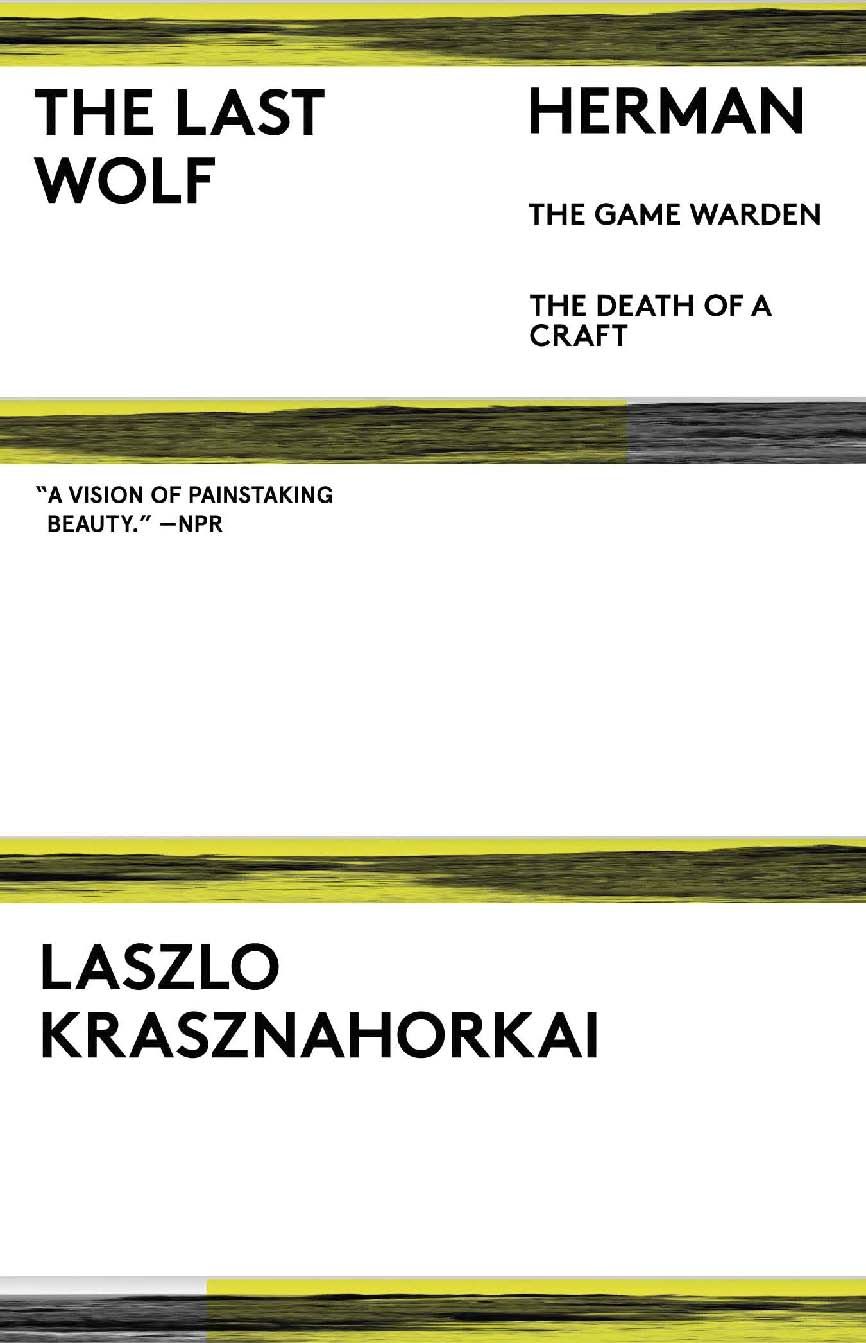
-
Why start here: A novella that serves as an excellent primer for Krasznahorkai's style
-
Theme: A man tasked with telling the story of the last wolf in Spain
-
Difficulty: Low-Medium (perfect for stylistic conditioning)
2. War & War (1999)
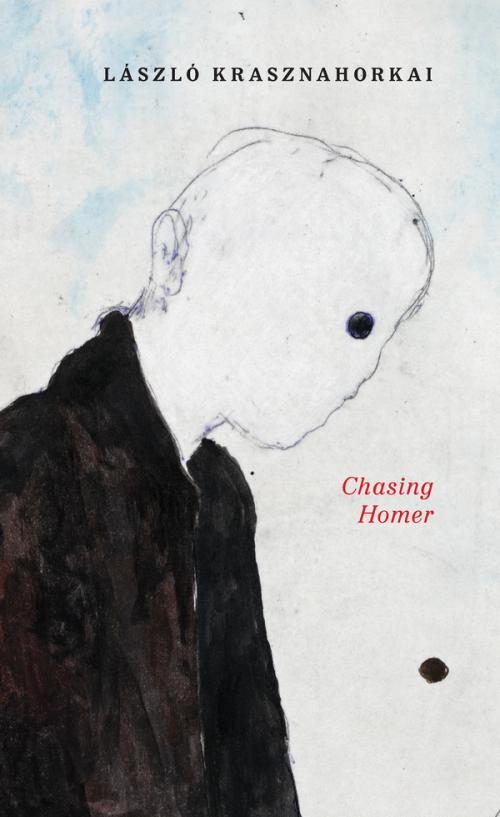
-
Why start here: Often cited as the "most accessible of his epics"
-
Theme: An archivist travels to New York to preserve an ancient manuscript online
-
Difficulty: Medium (symphonic syntax, tragicomic elements)
3. Seiobo There Below (2008)
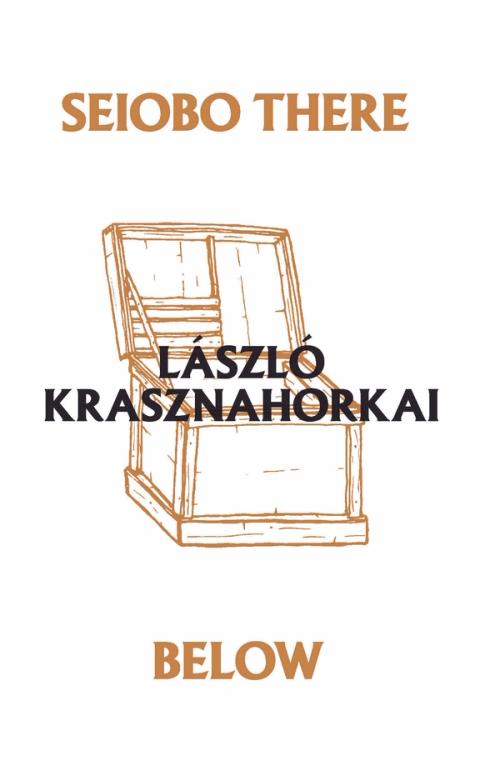
-
Why start here: Thematic contrast to his bleak Hungarian novels
-
Theme: The pursuit of artistic perfection across global settings
-
Difficulty: Medium (meditative, focuses on beauty and devotion)
🔥 Challenging but Essential Masterpieces
Satantango (1985)
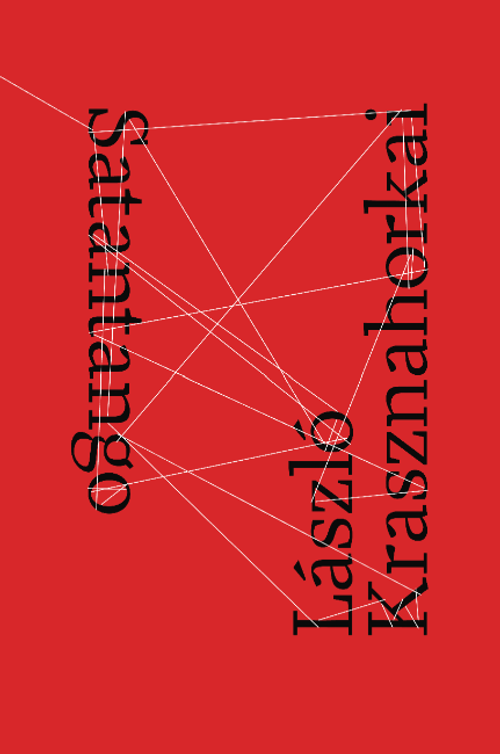
-
Why read later: The foundation of his mythos, but extremely demanding
-
Structure: Six chapters forward, six chapters back (mirroring the tango dance)
-
Difficulty: High (canonical but requires reading stamina)
The Melancholy of Resistance (1989)
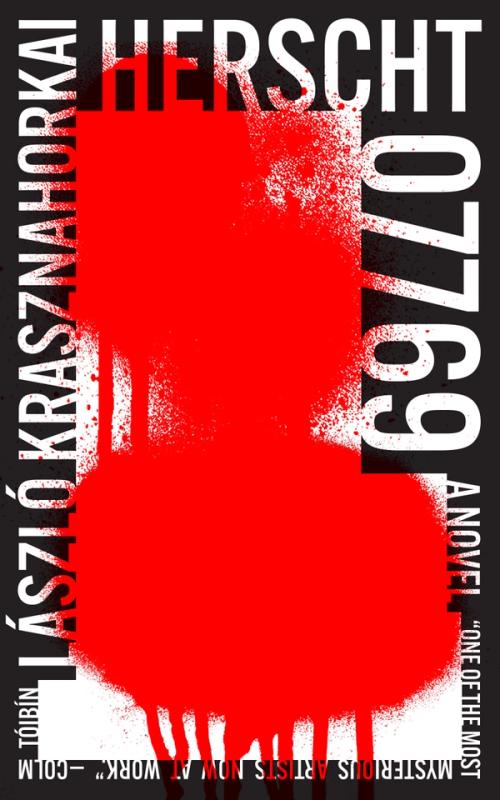
-
Why read later: Basis for Béla Tarr's acclaimed film Werckmeister Harmonies
-
Theme: A stuffed whale arrives in a small town, triggering chaos
-
Difficulty: Medium-High
The Béla Tarr Connection: Cinema as Training Ground
Before diving into Krasznahorkai's prose, watch Béla Tarr's film adaptations. Tarr's "slow cinema" style—with extreme long takes, relentless rain, and bleak settings—perfectly mirrors Krasznahorkai's literary vision.
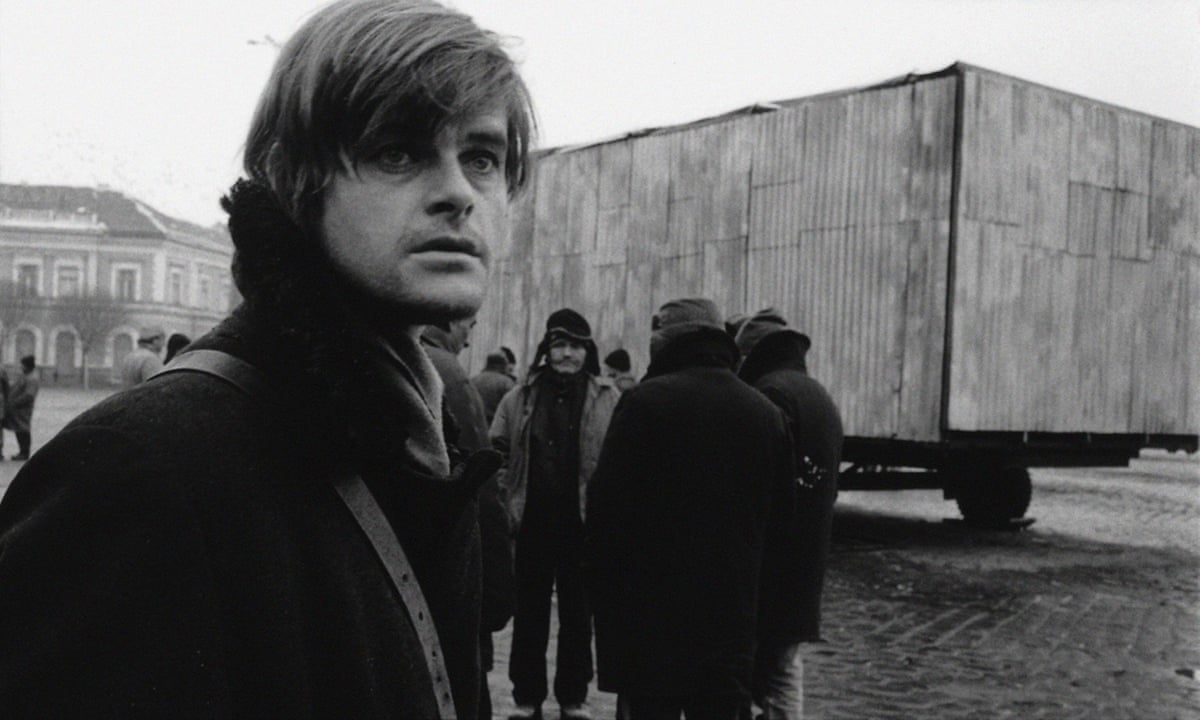
Essential viewing order:
-
Werckmeister Harmonies (2000) - Based on The Melancholy of Resistance
-
Sátántangó (1994) - Based on his debut novel
-
The Turin Horse (2011) - Their final collaboration
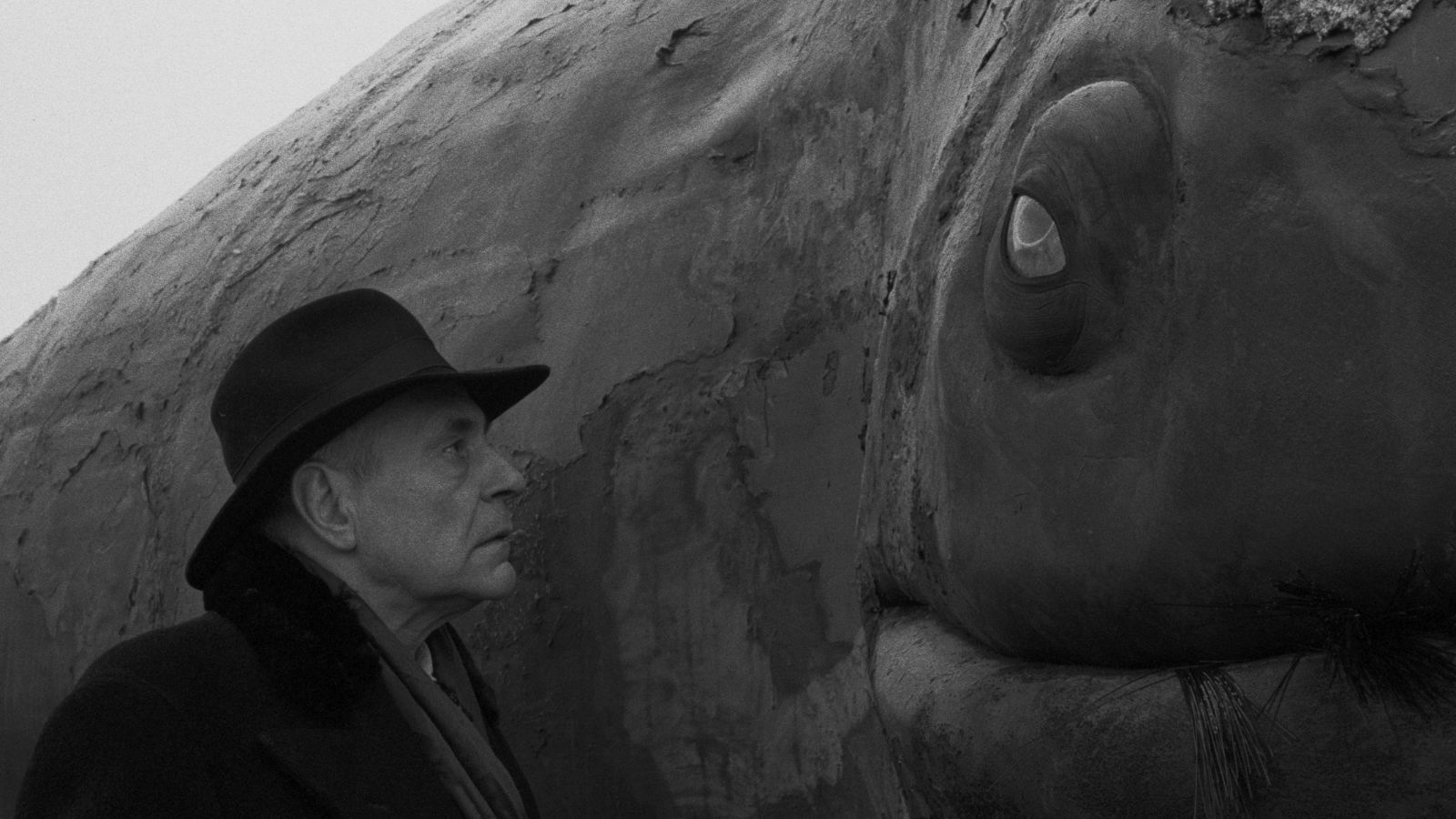
These films train your perception for the rhythmic demands of Krasznahorkai's prose, preconditioning your internal clock for his hypnotic pacing.
10 Essential Tips for Reading Krasznahorkai
1. Embrace the Velocity of the Sentence
Don't pause to dissect every clause. Yield to the breathlessness and allow the thought process to unfold continuously.
2. Abandon Traditional Plot Expectations
Krasznahorkai focuses on texture, atmosphere, and philosophical duration rather than conventional narrative arcs.
3. Recognize the Apocalyptic as Everyday
His apocalypse isn't a future disaster but the existing condition of daily collapse and decay.
4. Listen for the Dark Comedy
Despite his reputation for bleakness, Krasznahorkai captures scenes that are "appallingly comic"—look for the "silent comedy of failure."
5. Trust the Translators
The English translations by George Szirtes and Ottilie Mulzet are heroic literary feats that preserve the rhythm and philosophical depth.
6. Start Small, Build Stamina
Begin with novellas or more accessible works before tackling the massive epics.
7. Accept the Corrosion of Waiting
Much of his dramatic core involves characters waiting—this inaction is the central event.
8. Contextualize with Central European Tradition
Understanding his connection to Kafka and Bernhard helps contextualize his structural choices.
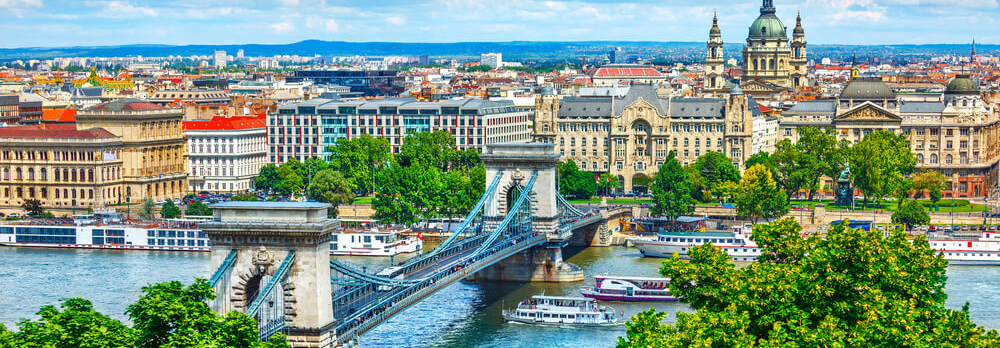
9. Seek the Sacred in Fleeting Beauty
Despite the despair, look for moments where beauty—music, architecture, art—breaks through the chaos.
10. Read Aloud When Possible
The rhythmic quality of his prose becomes clearer when heard as well as read.
The Translation Challenge: Why English Readers Owe Translators
Krasznahorkai's work presents unique challenges for translators:
-
Complex Hungarian syntax doesn't map easily to English grammatical structures
-
Rhythmic and hypnotic qualities must be preserved across languages
-
Philosophical density requires precise word choice
George Szirtes, a British poet born in Hungary, took eight years to translate Satantango. Ottilie Mulzet continued with more structurally exact translations. Their work represents a high-wire act of literary collaboration that makes Krasznahorkai accessible to English readers.
Thematic Patterns: Decay, Redemption, and Art
Political and Social Decay
Krasznahorkai's Hungarian novels explore the slow destruction of distinction and homogenization of the world, stemming from his experiences under Communism.
The Possibility of Grace
After traveling to East Asia in the 1990s, his work incorporated a dialectical movement toward transcendence through art and beauty.
Art as Resistance
His central thesis argues that individual devotion to form and beauty remains the only true resistance to chaos—a resistance articulated through his own rigorous literary style.
Why Krasznahorkai Matters Today
In an age of short attention spans and rapid content consumption, Krasznahorkai demands something radical: deep, sustained attention. His work transforms reading from casual pastime into meditative endurance, forcing readers to inhabit texts fully rather than consuming them superficially.
The timing of his 2025 Nobel Prize recognition underscores literature's enduring power to provide meaning amid chaos. As Krasznahorkai himself stated, literature can only ever hope to hold chaos together, "perhaps only by a comma"—that small act of artistic perseverance that makes his demanding oeuvre essential for our modern age.
Start Reading Krasznahorkai Today: Your Complete Action Plan
🎯 Ready to begin your Krasznahorkai journey?
-
Start with the easiest entry points: The Last Wolf or War & War
-
📖 Read them FREE with AI assistance: Access all Krasznahorkai's works at www.readever.app with built-in reading comprehension tools
-
🎬 Watch a Béla Tarr film to train your perception for his rhythmic style
-
📚 Build up to Satantango once you're comfortable with his unique voice
The rewards are profound: exposure to one of the world's greatest living writers, a deeper understanding of contemporary literature, and an experience that will transform how you think about the power of art in apocalyptic times.
Keywords: László Krasznahorkai, 2025 Nobel Prize Literature winner, Hungarian literature, how to read Krasznahorkai, Krasznahorkai reading order, Satantango, War & War, The Last Wolf, difficult literature, AI reading comprehension, free online books, contemporary world literature, existential fiction, Central European literature, Béla Tarr films
